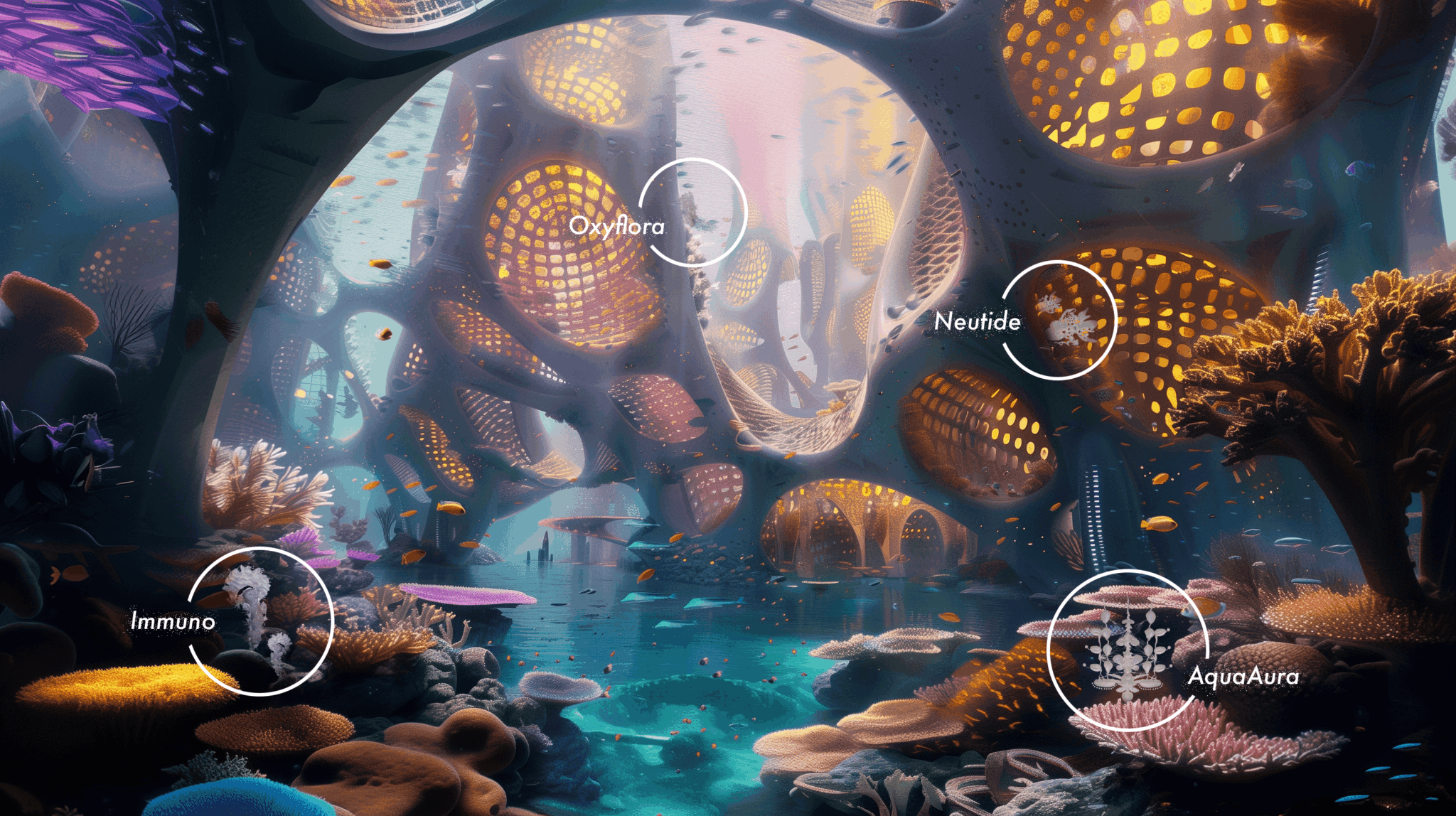We recently connected with Yuhui Qi and have shared our conversation below.
Yuhui, looking forward to hearing all of your stories today. We’d love to hear about a project that you’ve worked on that’s meant a lot to you.
One of the most meaningful projects I’ve worked on is Organisms Utopia. This speculative design project envisions a future where humanity has evolved to live harmoniously underwater, alongside marine life forms in a balanced ecosystem. The concept emerged from my fascination with how life on Earth might adapt to a world dominated by oceans.
What sets this project apart is its innovative approach to blending art and technology. By utilizing 3D printing, heat-shrinkable sheets, and UV resin, we’ve created wearable art pieces that simulate the sensory experiences of future marine organisms. This hands-on approach allows us to explore and visualize a new kind of human-marine symbiosis in a tangible way.
Organisms Utopia also emphasizes sustainability. We use biodegradable polymers and recycled plastics, aligning with our vision of environmental harmony. Collaborating with biologists and environmental scientists has grounded the project in real-world ecological principles, making it both innovative and ecologically responsible.
This project is particularly meaningful because it challenges us to rethink our relationship with nature and imagine a future where humans and the environment thrive together. It represents a blend of artistic exploration, technological innovation, and ecological mindfulness, making it a defining moment in my career.

Yuhui, before we move on to more of these sorts of questions, can you take some time to bring our readers up to speed on you and what you do?
I’m Yuhui Qi, a creative designer and multidisciplinary artist based in New York with a background in both chemistry and an MFA in Design and Technology from Parsons. My work focuses on experience design, interactive art, and immersive experiences. I create innovative designs that blend technology with human interaction, exploring themes like nature and science.
What sets me apart is my ability to merge scientific insights with creative design to produce sustainable and thought-provoking work. I’m proud of my capacity to push the boundaries of interactive art while maintaining a commitment to environmental mindfulness.
I want potential followers to know that my work is driven by a passion for creating meaningful, visually compelling experiences that challenge conventional thinking about our relationship with the natural world.

What’s the most rewarding aspect of being a creative in your experience?
For me, the most rewarding aspect of being an artist is the chance to blend creativity with technology to craft something truly unique and thought-provoking. I find joy in transforming abstract ideas into interactive experiences that not only captivate but also challenge people’s perceptions. Observing someone connect deeply with a piece of work, sparking their curiosity or providing a fresh perspective, is incredibly fulfilling.
Additionally, the process of bringing abstract concepts to life through tangible, immersive experiences is deeply gratifying. Whether it’s through interactive installations or digital design, I take pride in pushing the limits of creativity and technology to create experiences that resonate and offer new insights. This exploration of new possibilities is a core part of what drives my work.
Ultimately, the true reward comes from knowing that my creations can ignite curiosity, inspire change, or simply evoke a sense of wonder. It’s this impact that makes being an artist profoundly fulfilling.

Is there something you think non-creatives will struggle to understand about your journey as a creative?
One aspect non-creatives might struggle to understand about my journey is the integration of diverse disciplines into a cohesive creative vision. My background in chemistry and design allows me to blend scientific principles with artistic expression, creating interactive experiences that require both technical precision and creative insight. This cross-disciplinary approach can be complex and might not be immediately apparent to those outside the field.
Additionally, the process of translating complex scientific ideas into tangible, immersive art involves a significant amount of experimentation and adaptation. For those not familiar with creative work, it might be hard to grasp the amount of trial and error involved, as well as the constant evolution of ideas. This journey often includes navigating uncertainty and adjusting concepts in response to unforeseen challenges, which requires both flexibility and perseverance.
Contact Info:
- Website: https://yuhuiqi.com/
- Instagram: https://www.instagram.com/backup.7.0/



